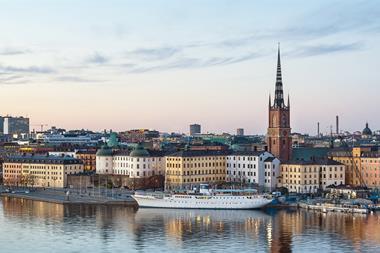EUROPE - Having more than seven markets in a pan-European portfolio will not bring additional diversification, according Robert Stolfo, director of business development at Invesco Real Estate.
Using a quant model as part of the portfolio-building process for pan-European funds, Invesco Real Estate has identified seven as the 'magic number' for maximum diversification.
"Beyond this number," Stolfo said, "there is minimal diversification effect."
Invesco Real estate began using a quant model a couple of years ago, as there is now sufficient historical data for several European markets to justify the approach.
From those markets with a long-enough track record, seven markets are selected solely based on in-house research data.
"We are not using forecasts from outside, we are using our own research," Stolfo told IPE.
One of the problems with using a quantitative model for a real estate market is the lack of full transparency of the markets.
"The quality of the data has to be evaluated," Stolfo said.
Invesco Real Estate therefore follows up the quant selection with a qualitative selection and country allocation.
"We are not managing a quant real estate fund, but we are using a quant model to translate our research into a portfolio allocation," Stolfo added.
As at last autumn, this method had led to an underweighting of Germany compared with the IPD benchmark and an overweighting of the Netherlands, Sweden and Poland.
The markets with the highest exposure, capped at 30% for a single market, were the UK and France, at around 25%.
The other market in which the Invesco Real Estate's pan-European fund is invested is Spain.












